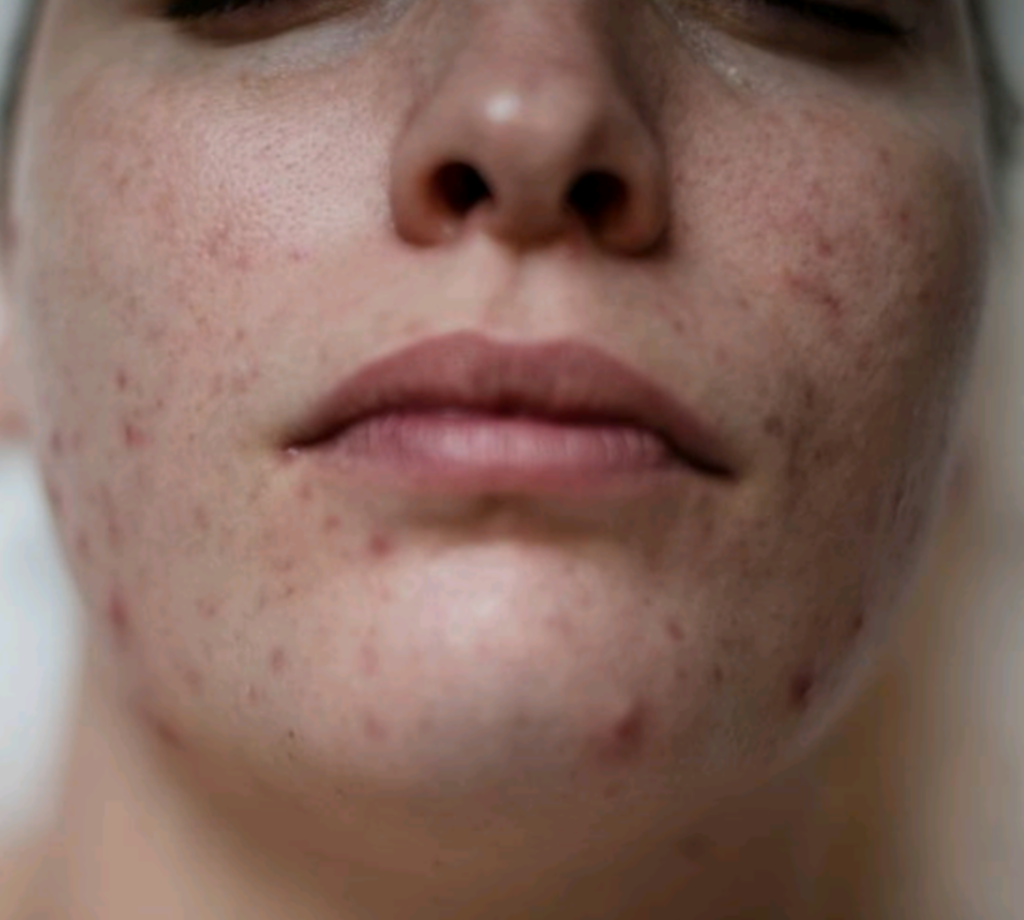acne advice, acne solutions page, acne treatments, News, Skincare
Antibiotic resistance
I read an article in today’s paper on antibiotic resistance, and it has prompted me to write this blog on how antibiotic resistance is linked to acne.
To start off, some background on P.acne, the bacteria that causes acne. P.acne is not necessarily a bad bacteria. There are at least 70 strains of P.acne and some actually protect the skin from acne while others can cause acne.
P.acne prospers and grows in lower-oxygen environments that are found deep within your skin’s pores rather than on the surface of your skin. It uses sebum as a primary fuel source and is stimulated by conditions that create high sebum production and/or blocked pores, such as diet, hormones, excessive skin build-up, stress, medication etc. Once the overgrowth starts it begins a downward spiral, making your efforts to clear your skin far more challenging.
Antibiotic resistance has been a major health issue for over 10 years. It has come about via a combination of over-prescription of antibiotics for the common cold and people not finishing a prescription, to antibiotics also being added to the meat we eat. If the global spread of resistance is not slowed, this could have serious health implications – many common infections may become difficult to treat and routine surgical procedures may become life-threatening.
Reports estimate that the global prevalence of P.acnes’ resistant strains has steadily increased over a 30 year period rising from 20% in 1978 to 62% in 1996.[i]
Acne affects more than 80% of people worldwide during their lifetime. From slight congestion to full blown acne vulgaris.[ii] A lot of people’s first stop is a doctor for either treatment or a referral to a dermatologist. A doctor’s plan of treatment may only consists of drugs. These days people are also seeking an alternative to avoid the issues caused by antibiotic resistance,
If antibiotics are prescribed often it is treated for three to six months with broad-spectrum antibiotic that will inhibit bacterial growth rather than eradicate bacteria. Which means the acne may come back.
Worldwide more than 50% of the P acnes strains are resistant to topical antibiotics. Dermatologists, however, do not prescribe antibiotics in patients with acne to eradicate the bacteria. Although it has yet to be proven effective, many dermatologists use antibiotics for their putative anti-inflammatory effects.[iii]
Other options are benzoyl peroxide which works by breaking down into benzoic acid and oxygen upon contact with the skin. This creates toxic free radicals of oxygen, which kill the P. acnes bacteria. The process does work and that’s why it helps a some acne patients, but the free radicals can also cause damage. It reduces Vitamin C production up to 70% and Vitamin E up to 95%.(4) It also forms a by-product called squalene peroxide that both increases sebum production and cause comedones- sometimes creating worse problems down the road. It relies far too much on brute force. Killing bacteria alone is not always the solution. We need to care for the redness, inflammation and health of your skin as well.
So what can you do?
Our recommendation is to try a more natural approach first.
At Shine, we clear the congestion with extraction facials and reduce any inflammation in the skin. If the skin is healthy we can start to rebalance the bacteria levels. If the skin isn’t busy trying to rebalance and reduce inflammation it will start to heal your acne. Vitamin A can be a great homecare addition too.
The main thing though is to get to the cause. If you have an untreated hormone imbalance or undiagnosed food intolerance, then your skin will only clear so far with extraction facials. A good beauty therapist will ask hundreds of questions to try to get to the bottom of it.
The blue LED light has also been proven ability to kill P.acne issues. You can read the papers here. https://www.ncbi.nlm.nih.gov/pubmed/17111415
At Shine, if we can’t clear your skin we will recommend other natural alternatives such as a naturopath or acupuncture. Please don’t read this as us being against antibiotics, We just think there are other options that can be explored that could be better for your overall health.
Please call us to book an appointment and let us help you improve your skin a more natural way.
[i] Antibiotic resistance and acne treatment: Tackling the challenge, Galderma Media Center, November 2014, file:///C:/Users/sjrol/Downloads/Antibiotic_Resistance_And_Acne_Treatment_November_2014%20(3).pdf
[ii] Antibiotic Resistance in Acne: Strategies for Prevention and Treatment, Suzanne Bujara, 2 October 2017, Dermatology Advisor, https://www.dermatologyadvisor.com/acne/how-to-prevent-antibiotic-resistance-acne-treatment/article/697357/
[iii] Ibid.
(4) Clinical implications of lipid peroxidation in acne vulgaris: old wine in ne w bottles https://www.ncbi.nlm.nih.gov/pmc/articles/PMC3012032/


